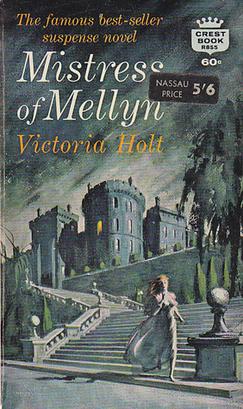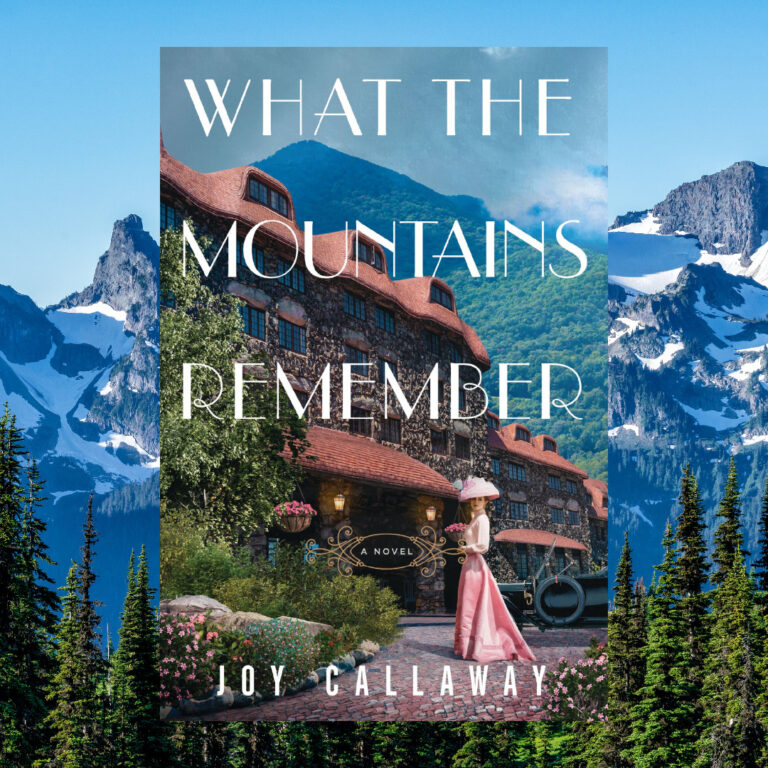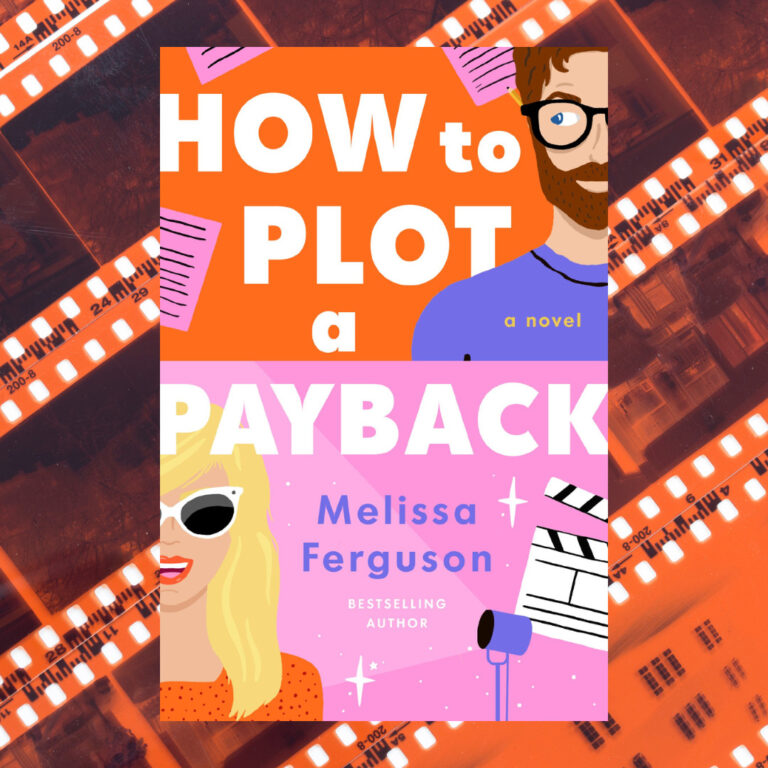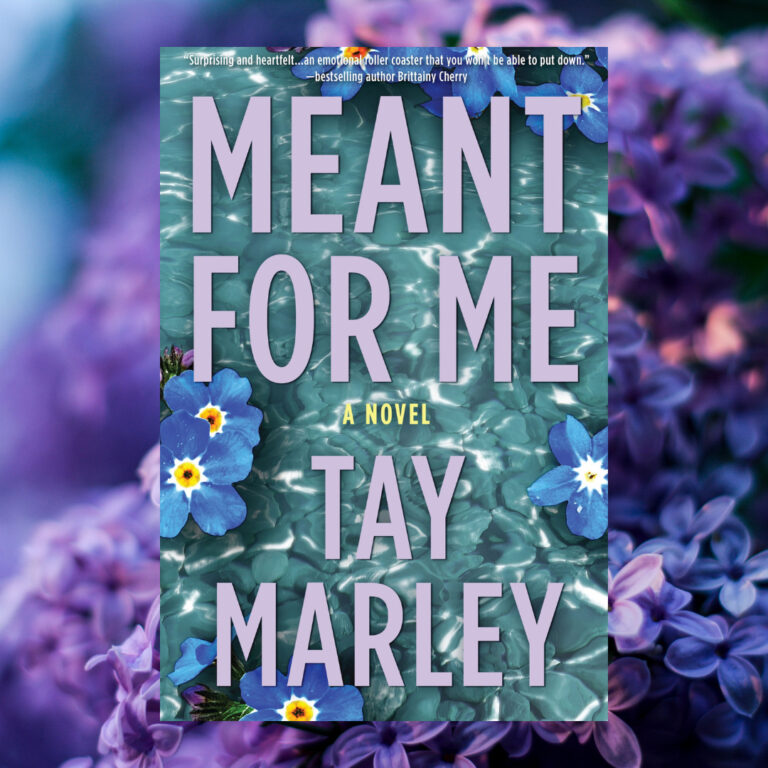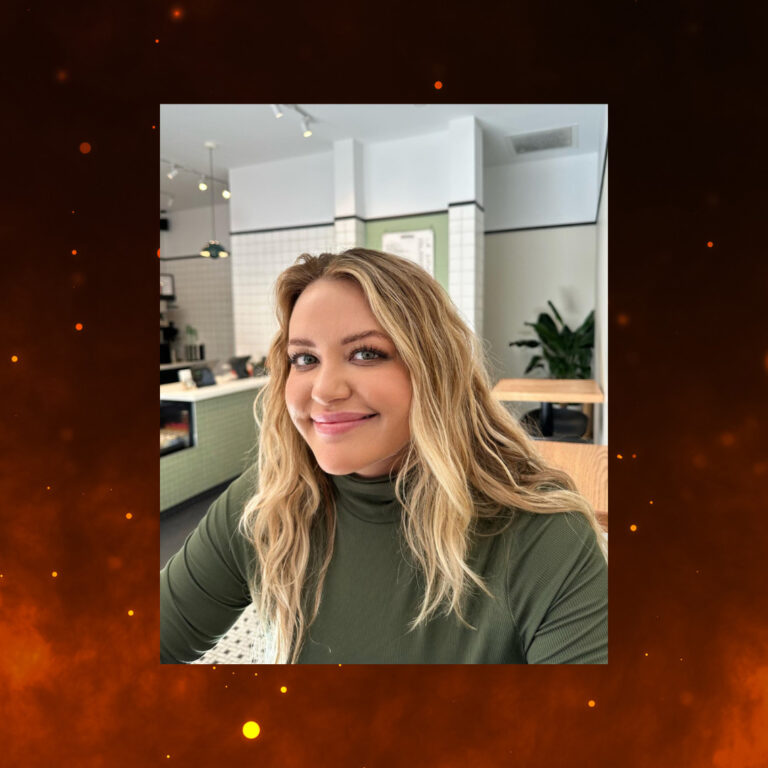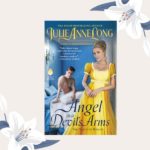Sometimes the universe has this weird way of having you in the right place at the right time for something completely unexpected! That is what happened to me one Sunday as I explored the internet searching for last minute touches for my History term paper. The focus of the paper was on how women contributed to the Vietnam war and what life was like for ladies during this era. Of course, being a reader, I had to include what women were reading for escapism during such a stressful time. The happiness I felt when I learned that a lot of the gothic romance paperbacks I’ve been purchasing the past few years were published during this era is indescribable. It was during this search through the internet that I found an article by Maria J. Perez Cuervo that sent me down a rabbit hole of reading as much of her writing as I could and in true me fashion, I had to reach out to her!
Bree: Maria, thank you so much for chatting with me today! I discovered your writing in the midst of working on a term paper for school. I wanted to include what romances were popular during the Vietnam era here in America when I came across an article you wrote for Fortean Times back in February 2016 titled, The Return of the Gothic Romance. As a romance reader, I am strangely fascinated by the evolution of the genre, and specifically the subgenres that we don’t see much anymore. I don’t want to say gothic romance has gone away, because there are authors out there writing it, but unfortunately, it’s not one of the popular subgenres we see today. What made these novels so popular during their day?
Maria: When we talk of gothic romance we tend to picture all those paperbacks from the 60s and 70s, with covers that depicted women in their nighties running away from isolated manor houses, but the roots of gothic romance go back much earlier, to the late 18th century, with Horace Walpole and Ann Radcliffe, and later, to the 19th century, with the Brontë sisters. It’s a subgenre that has always had a huge popular appeal, but it’s always been dismissed; firstly, because horror and the gothic have always been considered inferior, and second, because these are gothic stories told from the perspective of the female gaze. The reason why gothic romance has always been so popular is because it provided a safe imaginary space for female transgression. Women were expected to leave their family home when they got married, and become wives and mothers, and, consciously or subconsciously, women needed to explore their anxieties about these expectations. Gothic romance subverts traditional domesticity: in these books, the woman becomes a prisoner of the house and those who inhabit it. She usually uncovers a plot to kill her, and her new husband (or employer, or love interest, or paternal authority figure) is a dark, brooding figure who may or may not be a murderer.
Bree: In your article you chat about how these romances provided escapism for women, and I think although time has passed, a lot of the crap women need escapism from hasn’t changed. In many ways, the crap has only gotten crazier. Knowing these novels did so well once upon a time, why is it so difficult to see them make a strong comeback?
Maria: I think these fears and tensions are now expressed in different ways. A few years ago, paranormal romance was hugely popular, and many of these books explored the fascination with the dark side. More recently, there’s been a boom of books about flawed, “unlikable” women, or women “behaving badly”, like Gone Girl or The Girl on the Train, which also contained this idea of the home as an oppressive place. And maybe the Gothic aesthetic isn’t in vogue any more, maybe the manor house and the woman in her nightie are now regarded as a bit of a cliché, but these stories won’t ever disappear.
Bree: You discuss Rebecca by Daphne Du Maurier in your article, which I first read in 8th grade English class. Forever embedded in my mind will be my teacher, Mrs. Turner, in her black dress suit, sassy short haircut, the smell of cigarettes as she walked through the class and her love of this book! Rebecca is one of the few books I reread. Even as I see people reading it for the first time, it never fails to become a new favorite. What do you think it is about this classic, gothic romance that remains timeless and an instant favorite?
Maria: Du Maurier was a fantastic writer, and Rebecca is her masterpiece. It’s a complex book that admits many different readings, and it hasn’t aged. When I first read it I was also a teenager. I saw it as a love story, and I could empathize with the obsessiveness and the insecurities of the second Mrs. De Winter. Now I’m older I see Maxim as a nasty piece of work (though if you watch the 1940 film, you kind of forget, because Laurence Olivier could be so charming), and Rebecca as a powerful woman who didn’t deserve her fate.
Bree: What made a lot of people uncomfortable with women reading gothic romances was the sense of rebelling against the roles expected of us. We were able to sneak down the stairs in our night dress in these works of fiction. For someone who has never read a gothic romance, what titles would you recommend as good places to start which really nail the gothic elements and also have really strong heroines at the center?
Maria: The obvious places to start are Jane Eyre and Rebecca – you can’t do any better than that. To me, the queen of gothic romance paperbacks from the 60s and 70s is Victoria Holt. My favourites by her are Mistress of Mellyn, The Secret Woman, and The Legend of the Seventh Virgin. There’s something about her style that is really captivating. And she died when she was in her eighties, on her annual winter cruise, somewhere between Egypt and Greece – I love that.
Bree: Okay, confession: after reading your article, I became an instant fan and have stalked your blog and your Pinterest. Your writing is amazing, and I admire how the passion behind writing about the things you love shines through. Share with us all the things! How did your writing journey begin? How did you make your way into freelance writing? Has there been an opportunity you still can’t believe you had?
Maria: Thank you so much, I’m very glad you enjoy it. I truly can’t remember not writing. I’ve always done it for myself. I’ve always kept a diary, and I used to make my own magazines and comics when I was little. I studied Journalism, but when I moved to the UK after finishing my degree, I decided I had to work in television production, since writing in my second language didn’t seem viable. Yet I still wanted to do it, so I did a bit of work experience here and there, wrote for free – mostly copy for websites, nothing too thrilling – , and finally gathered the courage to pitch some articles here and there. Once you can show people what you’ve written, it gets easier to get more things published. And yes, seeing my first piece printed in an English magazine was surreal. It still thrills me when I see my work in print.
Bree: To me, I love when I come across a writer I can’t put into a box and that’s how I feel about you. How would you describe your writing? If you had to explain what you write about, how would you break it down to someone?
Maria: I’m fascinated about the past, and how it affects the present, so there are elements of history, archaeology, folklore, and myth and religion. I’m drawn to the dark side, so what I write about can be quite dark. I love the gothic as a genre, and folk horror. But I’m also a romantic at heart, and can be quite intense, so there’s something of that too, I think.
Let’s do some random questions:
Bree: What’s your favorite classic film?
Maria: I am obsessed with Now, Voyager and The Ghost and Mrs. Muir. They are quite similar, really, in that both of them focus on a woman’s journey to become independent and empowered. Their love interest helps them on this journey, but they’re not the agent of this transformation, they’re just allies. And, in fact, their relationship is impossible. The sight of Paul Henreid lighting two cigarettes (one for him, one for Bette Davis) in Now, Voyager kills me every time.
Bree: Has there been a book you’ve read this year that you think more people should read?
Maria: I’ve been reading a lot of weird and supernatural tales by women writers from the late 19th and early 20th century. It’s grossly unfair that they’re largely forgotten, while their male counterparts are seen as cult figures. But there were so many women contributing to the genre. If you like old-fashioned supernatural stories, I recommend Eleanor Scott and Margery Lawrence.
Bree: What is something you absolutely have to have in your writing space?
Maria: Silence is a good thing, but I’m not so precious about my writing space now I have a three-year-old son. Any time can be good, if I can find the head space.
Bree: What’s the last song you couldn’t get out of your head?
Maria: Probably a nursery rhyme, but, aside from that, some songs from my October playlist: Hammer Horror by Kate Bush or Is Your Voodoo Working by Charles Sheffield.
Bree: 20 years from now, you’re writing your memoir, what is the title?
Maria: To quote Michaelangelo, “I’m still learning”.
Bree: With it being October, what hidden gem gothic romances should readers be seeking out to add to their fall reading list?
Maria: I don’t know if they’re hidden gems, but I really enjoyed Jane Steele, the reimagining of Jane Eyre by Lindsay Faye. I love The Haunting of Maddy Clare and An Inquiry Into Love and Death by Simone St James, which are ghost stories set in the 1920s, with a bit of romance and lots of atmosphere. I’ve had a lot of fun reading the Lady Julia series by Deanna Raybourn. And also The Shadowy Horses and Named of the Dragon by Susanna Kearsley.
Bree: Do you have anything coming out soon we can be on the lookout for?
Maria: I’m editing a limited-run magazine about British folk horror called Hellebore (www.hellebore.bigcartel.com), and I’ve written a feature on the Victorians and the Egyptian Gothic, which will be out next month in Fortean Times. Longer term, I’d like to focus on fiction. I have a novel planned (the kind of thing I’d love to read, influenced by gothic romance, folk horror, classical mystery, and the occult) and I’d like to be disciplined enough to finish it.
Bree: Lastly, knowing what you know now, what advice would Maria now, go back and tell early Maria as she began her writing career?
Maria: If you build it, they will come. Or don’t overthink, and put your work out there.

Thank you again to Maria for taking time out of her day to chat with me. You can go keep up with her by following her blog at mjpcuervo.com which I highly recommend. I hope you are interested in squeezing a gem from the past into your fall reading! Rebecca by Daphne Du Maurier is an all-time favorite book of mine and I can go on and on for days about Susanna Kearsley! Treat yourself to a cozy night in with one of these reads friends and we will chat again soon!



